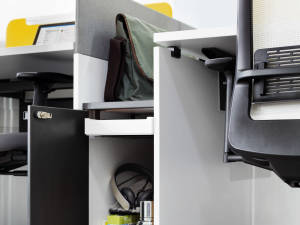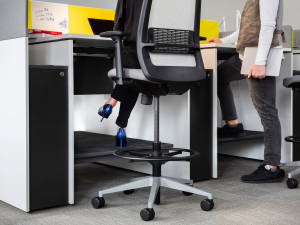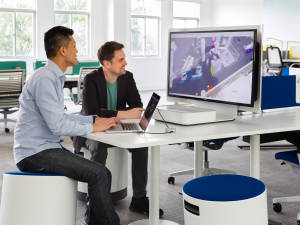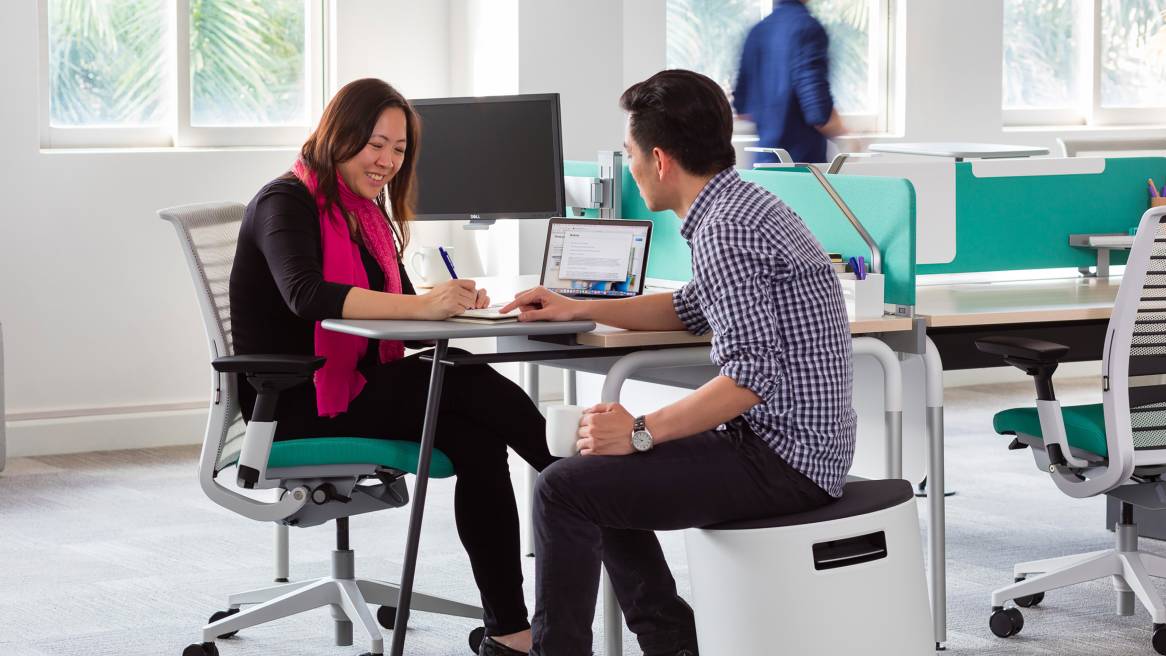Moving Up, Moving Fast: 3 Ways to Get and Keep Great People
So many people, so much opportunity. For the 84 percent of the world’s population living in emerging economies today, it sounds like a dream. Seemingly endless growth can unlock a treasure of innovation and opportunity. But, as those business leaders in the thick of it know, it’s not all that easy. These huge growth trends also bring with them unprecedented challenges that can give even the most fearless leaders pause. Competition for talent in fast-growing markets such as China and India is fierce.
India’s workforce is growing rapidly—in the next 25 to 30 years, it could add as many people to its working population as there are people, total, in the United States—but there’s still a lot of demand for college grads who have technical skills and are fluent in English. China has a different dynamic: Its aging population means the country will face a shortage of 23 million high-skilled workers in 2020, according to McKinsey Global Institute. In both countries, Steelcase research shows that attracting and retaining skilled workers is a huge concern for employers.
Shortage of skills
“Attracting and retaining employees is something we think about every day,” says Bruce Bundgaard, director of real estate at United Health Group, which has large call center operations in Asia.
“High staff turnover and a shortage of skills are challenges for many companies in China, in both manufacturing and services,” reports McKinsey. According to one of the global institute’s surveys, 28 percent of Chinese workers said that they had changed jobs in the past six months, a number far above those in the United States.
“Business services in China remain underdeveloped, and one major reason is a shortage of skills. Identifying and developing talent is a priority,” reports McKinsey.
Business leaders are taking notice of the changes. According to Deloitte’s 2016 Global Human Capital Trends, 86 percent of senior executives and HR leaders worldwide rated culture as a key priority in the coming year. Similarly, 85 percent rated engagement as a key priority.
Money isn’t everything
Still, companies, especially those in such fast-growing markets, can not rely on compensation and benefits alone to keep good, highly-skilled people. Expenses have to remain competitive. Instead, company leaders need to look for innovative and creative ways to attract and keep the best talent.
“Overall design, quality of delivery and amenities play an important role in how employees perceive their work environments,” said Bundgaard. “Our goal is to develop an office work environment that is flexible and adaptable to support the businesses we serve for the complete duration of the lease.”
While many leaders now see their role as providing a business culture that expresses company’s values, and improves employee perception, there are indications they don’t know how or don’t have the tools to get it done. Only 4 percent of Deloitte’s respondents said they are “very good” at engaging millennials and other generations in the work environment.
Steelcase’s Global Report echos how big an opportunity employee engagement is for business leaders worldwide. Only one in three workers across the globe report being highly engaged at work.
In China, despite many positive feelings about work, the level of engaged workers is concerning. The largest group of employees reports feeling neutral about work, neither strongly engaged or disengaged. This is the second-highest number of neutral employees in the study of 17 countries.
In a highly competitive and fluid job market, providing a workplace people want to come to every day can be a powerful way to attract, retain and engage great people. With this in mind, companies that want to compete globally can use their workplace as a tool to shape new employee perceptions, feelings and behaviors. A large number of neutral employees is a risk for organizations that want to innovate and compete. Giving workers a higher level of control over how they work can be one way to start addressing this issue.
Steelcase observational research in India suggests that employees are looking for ways to seek greater levels of privacy and more agile ways to collaborate with one or two colleagues near their workstation or with larger groups in informal settings. And, in both China and India, researchers found people desire the ability to move around the office easily throughout the day.
Come on over!
For a moment, envision a crowded office filled with identical workstations, and manned by interchangeable employees. You can see how this workplace would struggle with low morale and high turnover. Now, imagine something completely different. A happy, engaged office with people who feel valued. They are able to give their workstations a personal touch. They can easily present an air of desired privacy or move quickly to collaborate with a supervisor or team member. This is an office with people who are ready, willing and able to perform at high levels.
Mahendra Bangalore, chief information officer for Willis Processing Services in India, a unit of the international insurance brokerage Willis Group, says the college graduates the company recruits want a “lively, bright and colorful” workspace. “We want to give them the feeling of, ‘Wow, I want to come to the office today and every day,’” he added. In fact, the group is remodeling to set aside space for formal and informal collaboration.
To keep up with the pace of change, companies need to start integrating different types of workspaces to support people properly. “As these growth markets mature, office space needs to adapt and mature, also,” says Jason Heredia, Steelcase’s vice president of marketing for Asia Pacific.
They also have to recognize that those employees, unlike many of their Western counterparts, may not have the luxury to choose where they do their work. While in some parts of the world employees might go down the street to a coffee shop to think or meet, the reality in growth markets is that these places might not exist or be difficult to reach during a quick break. At Willis Group’s new facility, the company canteen is being designed to accommodate working and informal meetings—a sort of in-house Starbucks.
3 ways your workplace can motivate
Steelcase researchers determined there are three ways business leaders can use their space to improve employee engagement.
#1 Enhance employee wellbeing even in crowded or tight workplaces

Adding some privacy elements into the space can help people feel personally valued at work. In the Navi TeamIsland desking system, designers created the option for thin screens, and an integrated raised podium to allow for a feeling of privacy.
The Navi TeamIsland also has a sleek space for individual storage and a place to put smaller connected devices to make each work surface feel personal.
“Allowing people to customize their workspace even a little bit—a pin board for pictures of friends and family, choices in how they position themselves at the workstation—can also humanize even a very crowded space,” said Michael Held, director of design, Steelcase Asia Pacific.
#2 Create choice in a limited space

The Navi TeamIsland’s ability to be positioned in a high-sit gives people choices in how they work. They can easily stand or sit. Strategically placing standing-height areas in the workplace takes advantage of natural human cues to encourage socialization and create quick meeting areas. In addition, providing options for employees to change postures throughout the day is critical for physical and cognitive wellbeing and to help employees stay focused and engaged.
#3 Be flexible and adaptable in a fast-changing environment with limited resources
Business is moving fast. Make collaboration and connections seamless to help both local and global teams work together easily. The Navi TeamIsland was designed in a trapezoid shape to do just that. Small podiums at individual desk locations create an easy to access space for quick conversations with team leads or co-workers. Being at eye level helps teams feel equal and build trust. The dynamic end cap desk space was designed to integrate informal team spaces into the overall design. Technology can be easily added and shared to make global collaboration simple and effective.

Designers built the Navi TeamIsland specifically for growth markets to address unique challenges in these burgeoning economies. It’s one way Steelcase designers are using research to make sure the workspace can be used as a tool for successful business leaders.


